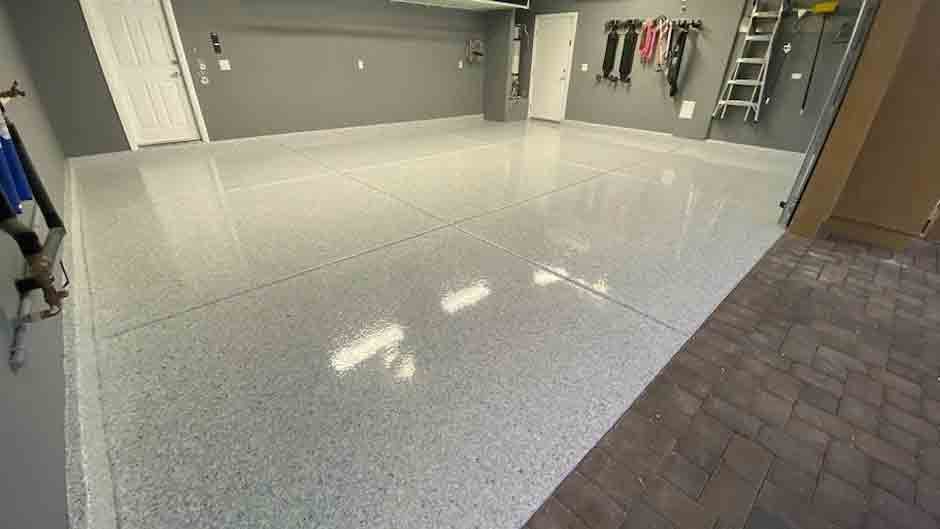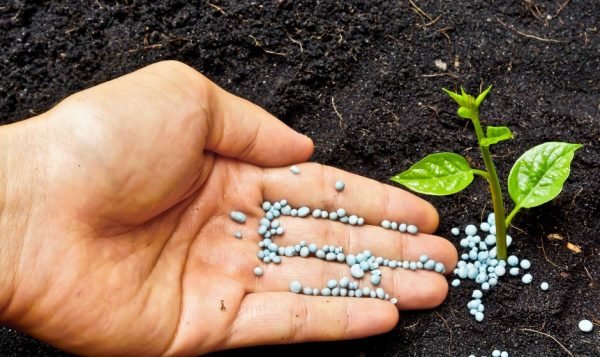What Is The Best Base For Lawn? Here Is Your Lawn’s Perfect Match!

If you plan to install a new lawn, build a healthy and robust base first so grass can grow strong. But what is the best base for a lawn?
This article will give you some options to consider, weigh the pros and cons of each, then recommend pro tips for preparing your lawn.
Are you ready to create a picture-perfect lawn? Let’s grab your gardening gloves and dig into the details!
What Is The Best Base For Lawn?
Loam is the best base for lawns because it can retain water and nutrients well. Besides, you want to consider sand, clay, and gravel. Here is what you can get from those four types of soil:
| Soil Type | Water Holding Capacity | Nutrient Holding Capacity | Wettability |
| Loam | Good | Good | Good |
| Sand | Poor | Poor | Low |
| Clay | Good | Medium | Low |
| Gravel | Medium | Medium | Medium |
Loam
Loam is a combination of clay, silt, and sand. It can hold water and nutrients effectively while draining well, making it a popular choice in lawn care.
Moreover, loam soil is easy to cultivate thanks to its good structure. You can add organic matter to improve its fertility.
Sand
Sandy soil has low wettability, so it doesn’t hold water well and can dry out quickly. Similarly, it’s not good at holding nutrients due to its loose structure.
To improve sand, you can add organic matter, such as peat moss and compost. Luckily, the soil amendment level of this soil type is high.
Clay
Clay soil has high wettability, meaning it holds water well. Unfortunately, water blockage is a common issue when using this soil, causing root growth.
However, you may love clay’s nutrient-holding capacity. The nutrients can adhere to the clay particles and not leach out quickly.
Gravel
Gravel has a medium water-holding and nutrient-holding capacity. Meanwhile, it doesn’t get wet easily. Hence, most homeowners use gravel as a base layer for landscaping applications.
Please remember that no matter which soil base you choose, amending it is necessary. This process involves adding organic matter or other materials to the soil to improve its texture, structure, and nutrient content.
The most common soil amendments are manure, peat moss, compost, perlite, and vermiculite. They can create a balanced and healthy growing environment for your grass if appropriately used.


1. Choose the best base for your lawn
What Is The Best Temperature For Grass To Grow?
The answer depends on the type of grass you intend to plant. There are two main types of grass to consider: cool-season and warm-season grass.
Cool-season grass
Cool-season grass can flourish in environments with abrupt, severe temperature changes. Generally, they thrive when the outside temperature is between 60°F and 75°F.
Which month does grass grow fastest? The cool-season grass remains dormant and turns a greenish-yellow color until springtime comes when winter arrives and the lawn freezes.
Warm-season grass
Warm-season grass may still grow and flourish in the Midwest, although sometimes, the harsh winter might have a negative impact.
Warm-season grass thrives in climates over 75°F, such as in the Tulsa site, where they are most widespread.
This type of grass will become brown in the winter, sometimes looking dead. Yet, this resilient grass will recover its beautiful green color when the warm weather arrives.
Learning the characteristics of the grass you plant is important. If it grows too fast and unevenly, establish a cutting schedule to keep your lawn in good condition. A lawn mower can help with it.
The lawn mower will be your powerful assistant if you care for your lawn. Luckily, there are many options to choose from. For example, you can pick the better one between the Honda or Kohler lawn mower engine for your needs after considering their pros and cons.
Besides, it would be best to learn how to properly use and maintain your lawn mower. This task involves adding a suitable detergent for the machine. Your options include Lawn Mower Engine Oil: Detergent or Non-Detergent?.


2. Each type of grass can grow in different times of the year
Tips To Prepare Ground For Lawn
Choosing the best base and the right time to grow your grass is not the end. What should you do to prepare the ground properly? The following tips will help.
Take a pH test
You can buy a pH test kit from local hardware stores. The optimal pH level for the lawn soil is from 5.5 to 7. If the test result isn’t good, you can adjust it.
For example, if the soil is too alkaline, add manure and compost to lower the pH. On the other hand, add agricultural lime or dolomite if your soil is too acidic.
Prepare the underlay
Pre-work is essential for a healthy lawn in the long term. Preparing the topsoil and underlay plays a vital role here.
The underlay should provide a solid base for proper water retention and use. It also supports the root systems to protect your lawn from winter frost and drought.
Applying an underlay with a minimum depth of 100mm is a good idea. Then, spray the existing weeds to spread the underlay.
Apply the topsoil
If you have topsoil on the prepared site, import a high-quality underlay, like loam. The finished surface should sit about 25 to 30mm below the paths.


3. Your lawn will grow healthily on a strong base
Conclusion
Congratulations, you can now handle the base for your lawn. Preparing the ground for it requires much work, but the payoff will be beautiful and healthy.
Whether you’re starting a new lawn or revamping the existing one, make sure to choose the best base, amend it as needed, and follow the tips shared above. Then, your lawn can stay lush and green.
Thank you for reading, and happy gardening!



